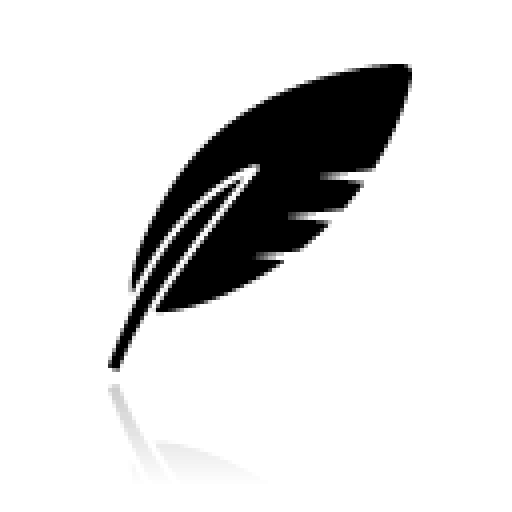The idea of an evening on birds came home to roost in February, with sightings of several favourites along with some rare birds.
‘St Kevin and the blackbird’ by Seamus Heaney is the charming tale of a patient saint. Wallace Stevens’ ‘Thirteen ways of looking at a blackbird’ sparkles like the bird’s eye. Tina Catling’s ‘Blackbird opera’, from the 2020 Nun Monkton villagers collection, reminded us of how birdsong uplifted us during the first lockdown. In contrast, in Robert Frost’s ‘A minor bird’ the poet is annoyed by birdsong.
Perhaps it was a mynah bird. Patricia Beer, in ‘A Voice’ memorialises another very vocal bird; an articulate parrot, and its sad decline.
Maya Angelou’s ‘Caged bird’ is a powerful allegory, while Norman MacCaig indulges in light-hearted anthropomorphism in ‘Sparrow’.
In maybe a case of Hamlet without the prince, we had two tributes to Shelley’s skylark; Thomas Hardy’s touching thought of the once blithe spirit’s body lying dead in a Tuscan grove in ‘Shelley’s skylark’, and Gerald Manley Hopkins’ analogy with the human soul in the sonnet ‘Caged skylark’.
Hardy’s ‘Birds at winter nightfall’ and ‘The puzzled game-birds’ are examples of the triolet form.
The fate of birds raised to be eaten is also considered by Seamus Heaney in ‘Turkeys observed’, dense with telling metaphors.
Only an expert twitcher could identify the birds in Emily Dickinson’s ‘Hope is the thing with feathers’ and ‘A bird came down the walk’.
In a tender tribute, ‘A Marriage’ by R S Thomas, the poet’s wife is likened to a bird. Thomas said he was a birdwatcher when the poems wouldn’t come and a poet when there were no birds to watch. The poem brought the evening’s theme and romantic love together, on the day after St Valentine’s.
‘Swifts’ is one of the joyous nature poems in the book ‘The Lost Spells’ with words by Robert McFarlane beautifully illustrated by Jackie Morris.
The ecstatic imagery and diction of Gerald Manley Hopkins’ ‘The windhover’ never fails to astonish, and surely influenced Ted Hughes’ ‘The hawk in the rain’.
Isaac Rosenberg’s ‘Returning we hear the larks’, written in the WW1 trenches, wrests solace from small mercies; birdsong rather than shells coming down from the sky. In Robert Burns’ ‘The Banks o’ Doon’, however, birdsong is no solace to the poet but a reminder of lost love.
David Aldred’s ‘The cuckoo’ relates to a love affair, and Ken Gambles’ ‘Lapwings’ drew attention to their jaunty haircuts.
Birds have inspired so many poems that we may well repeat this theme before long.
